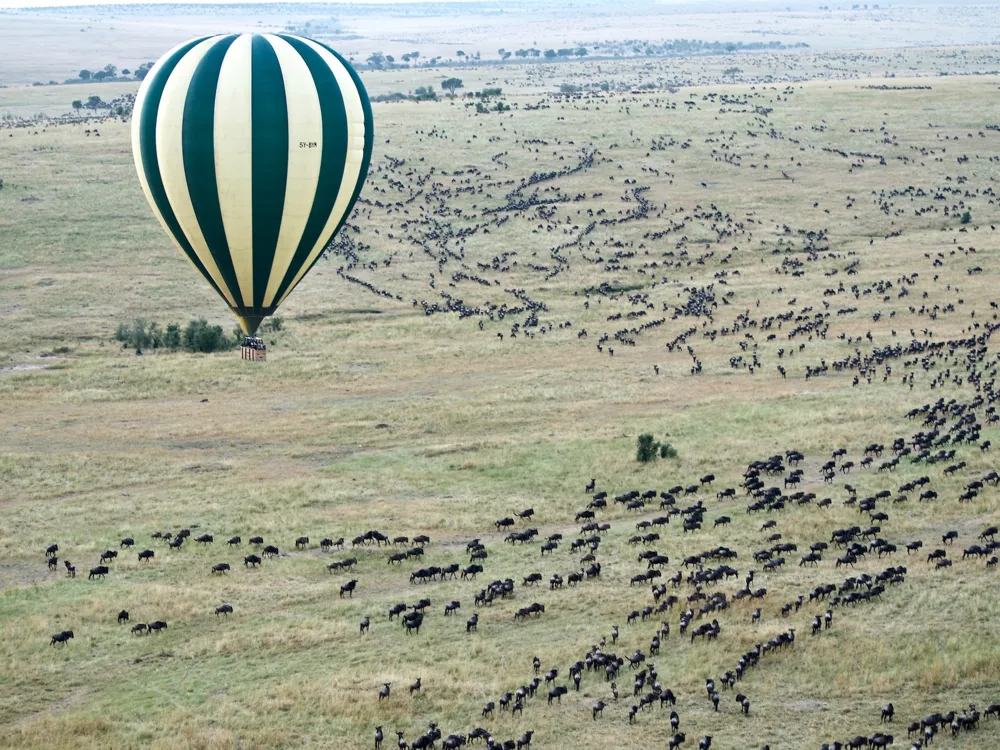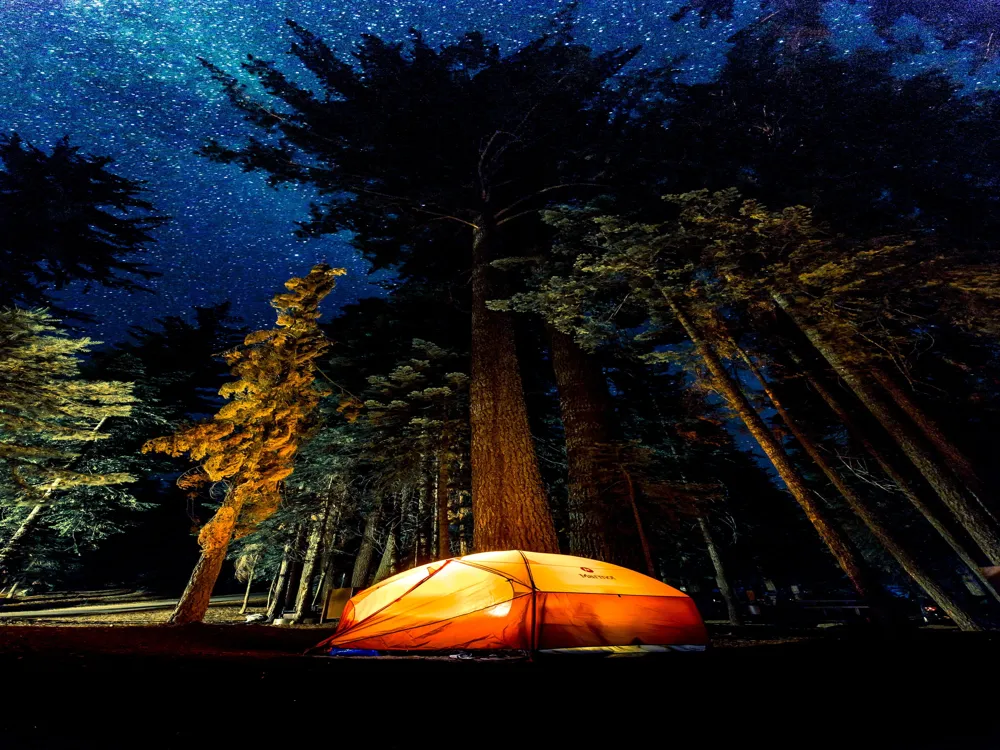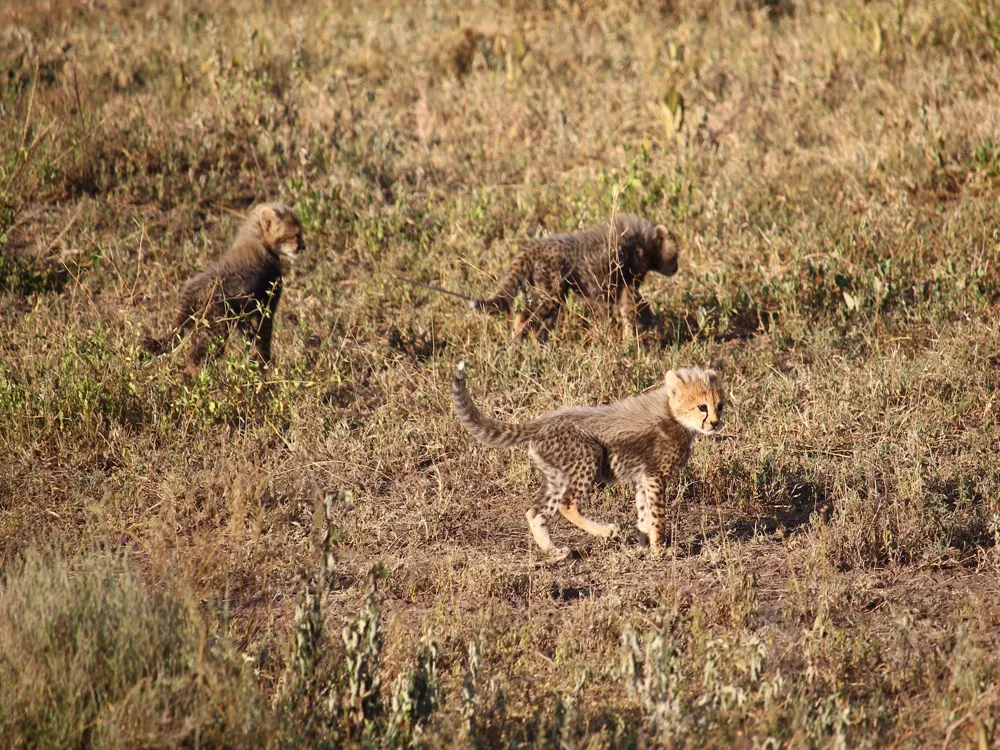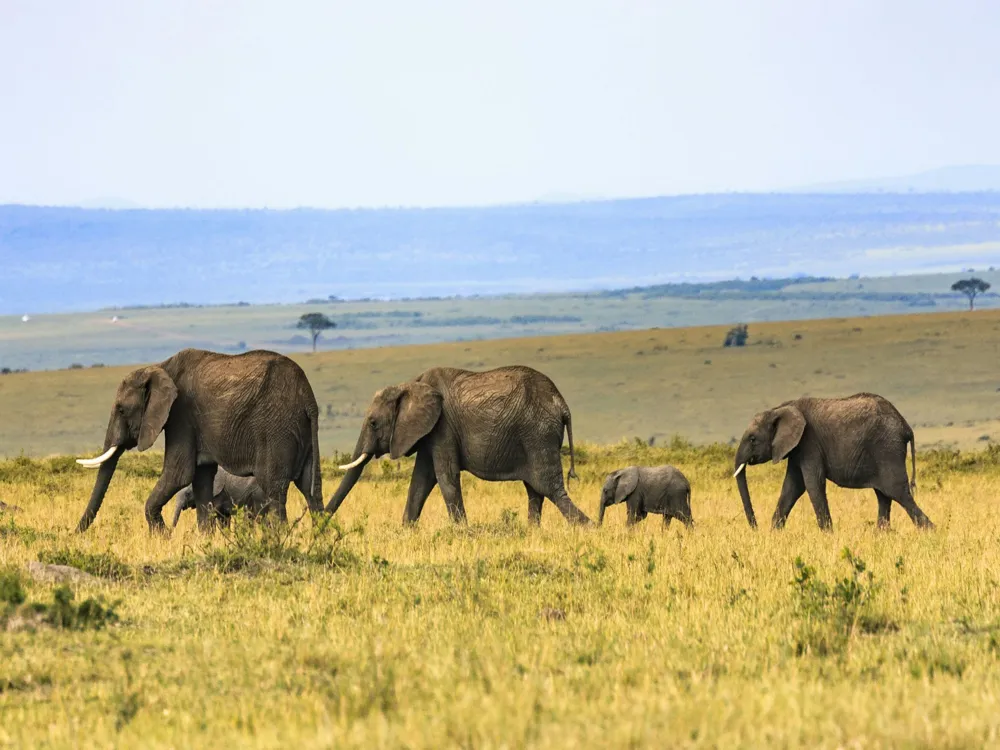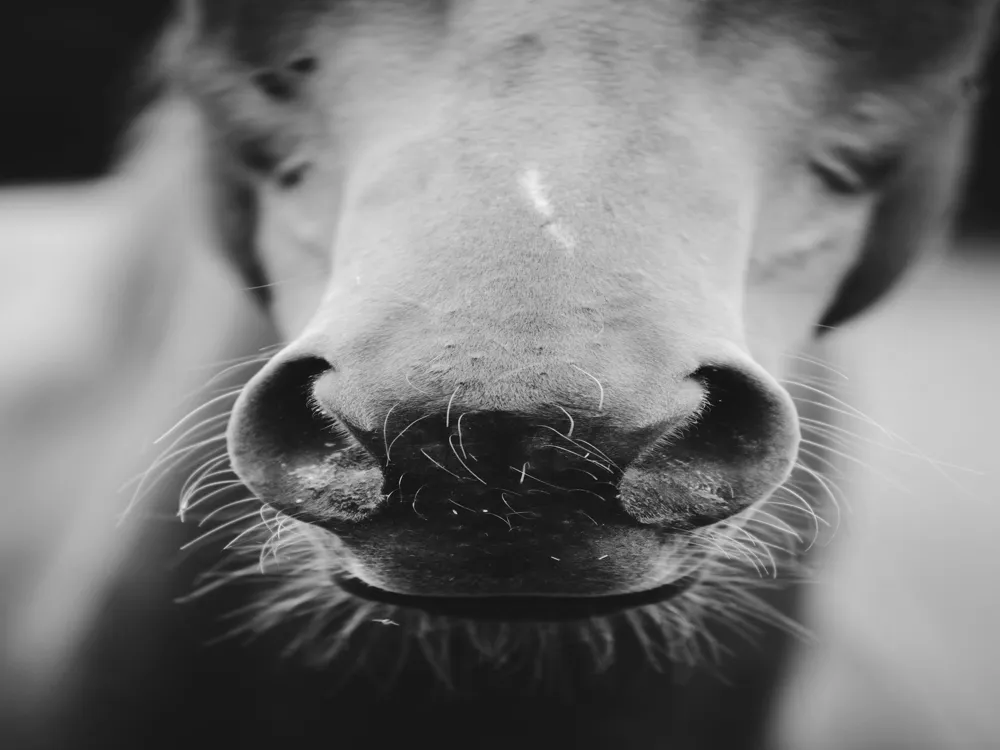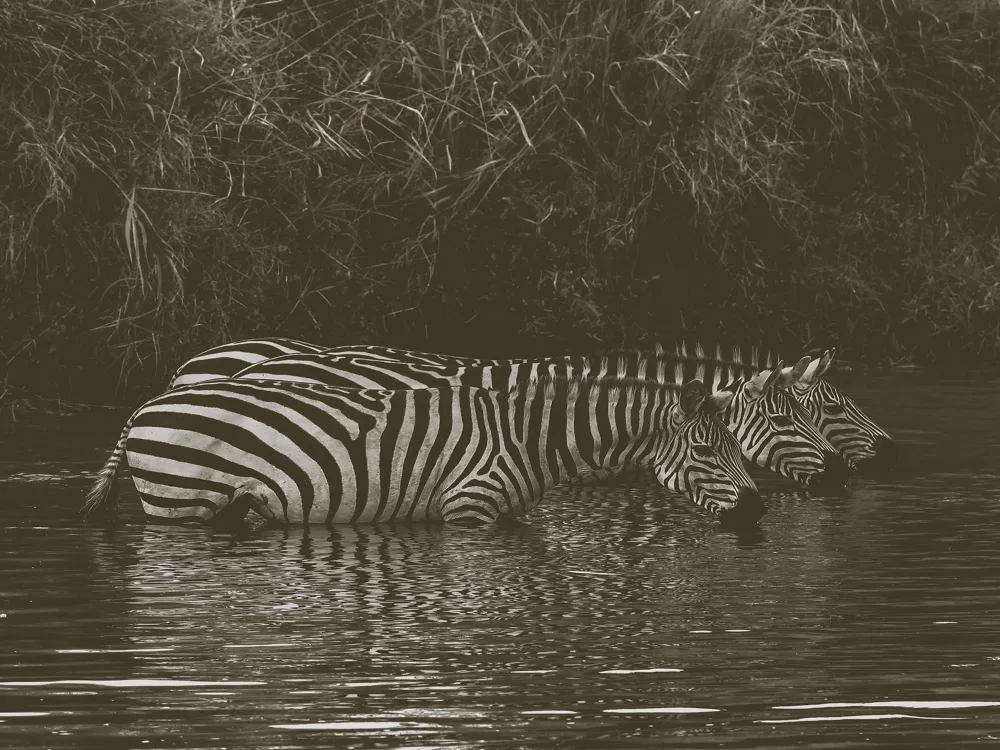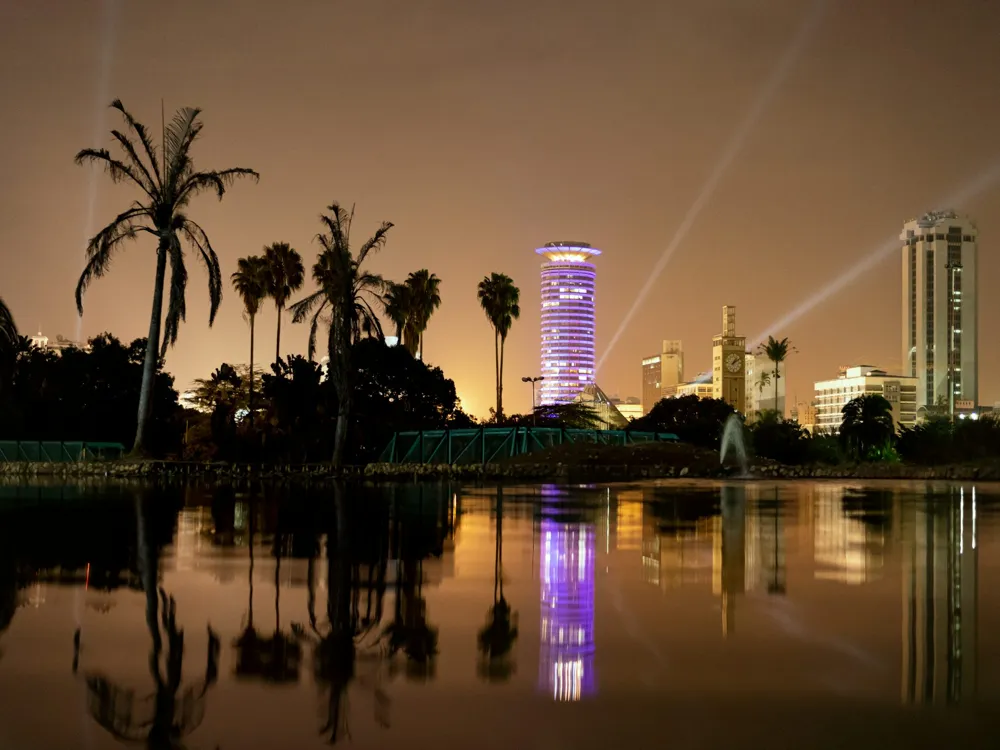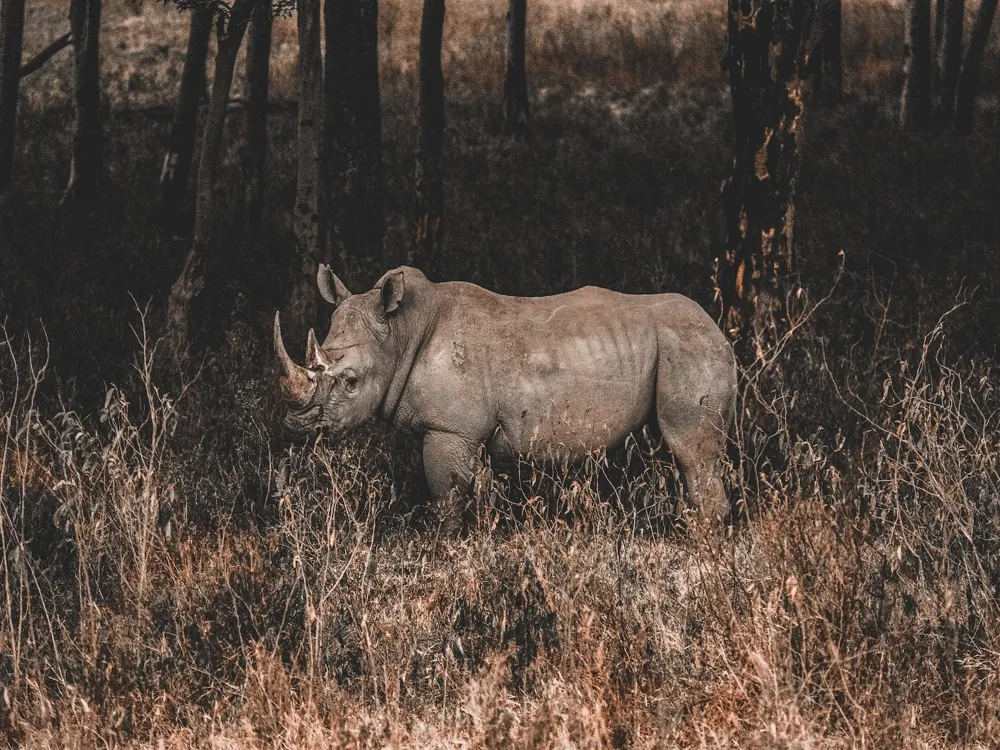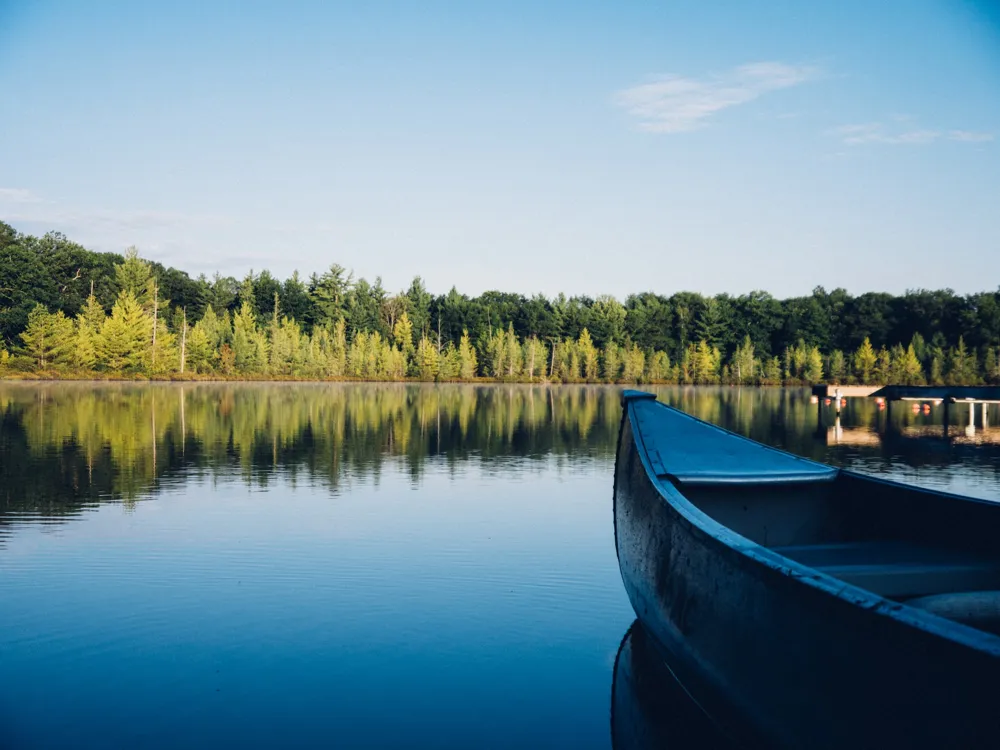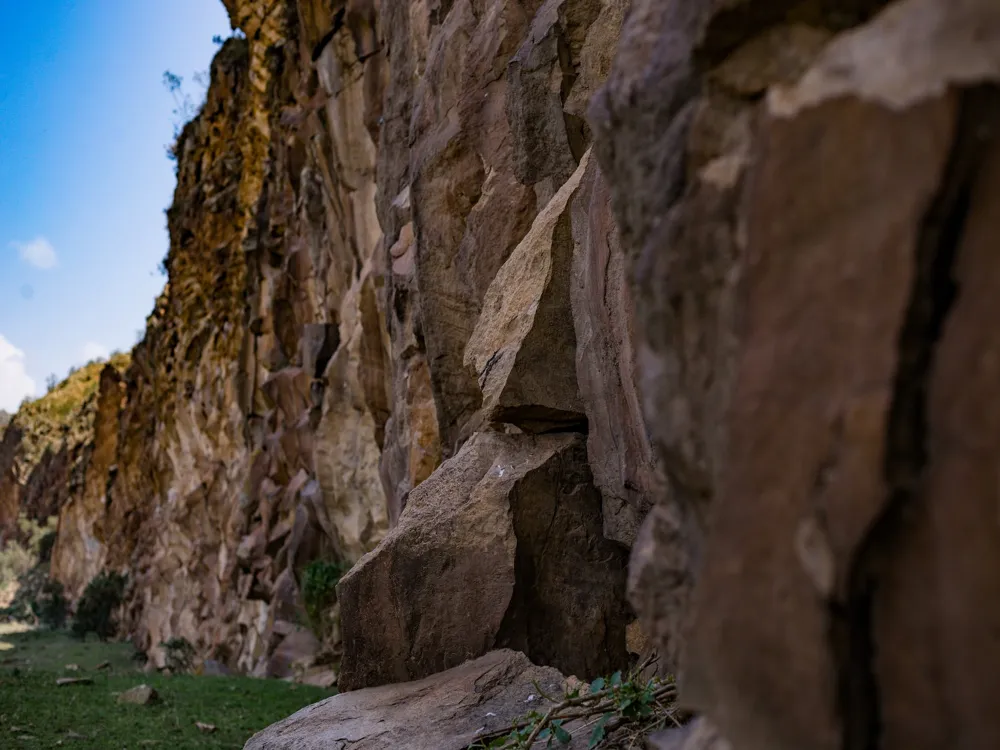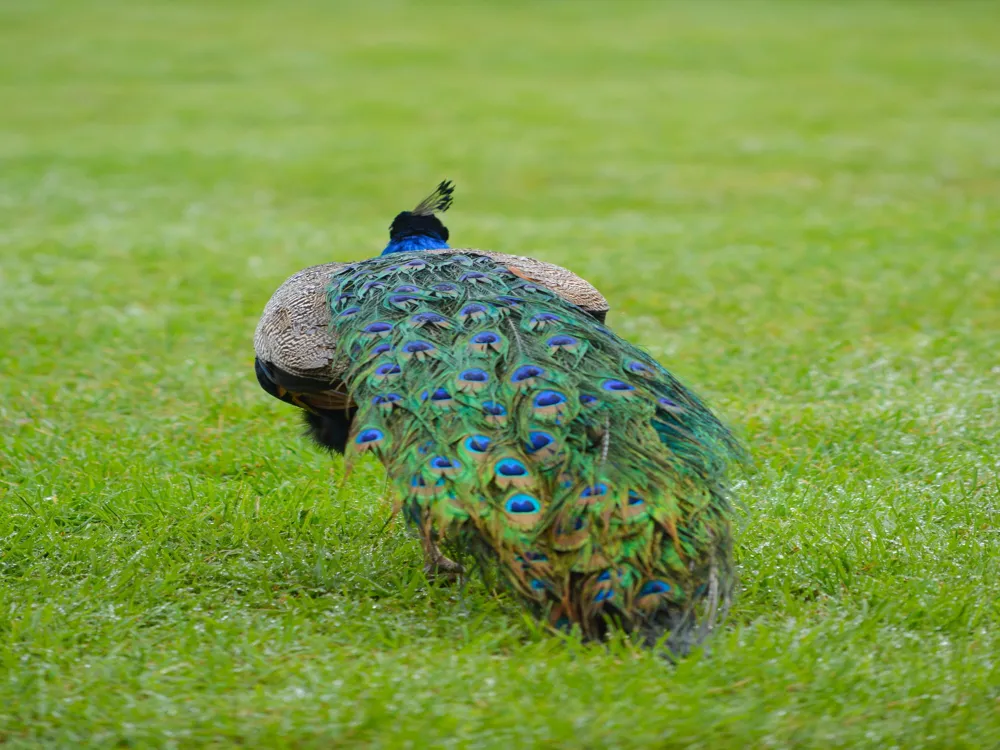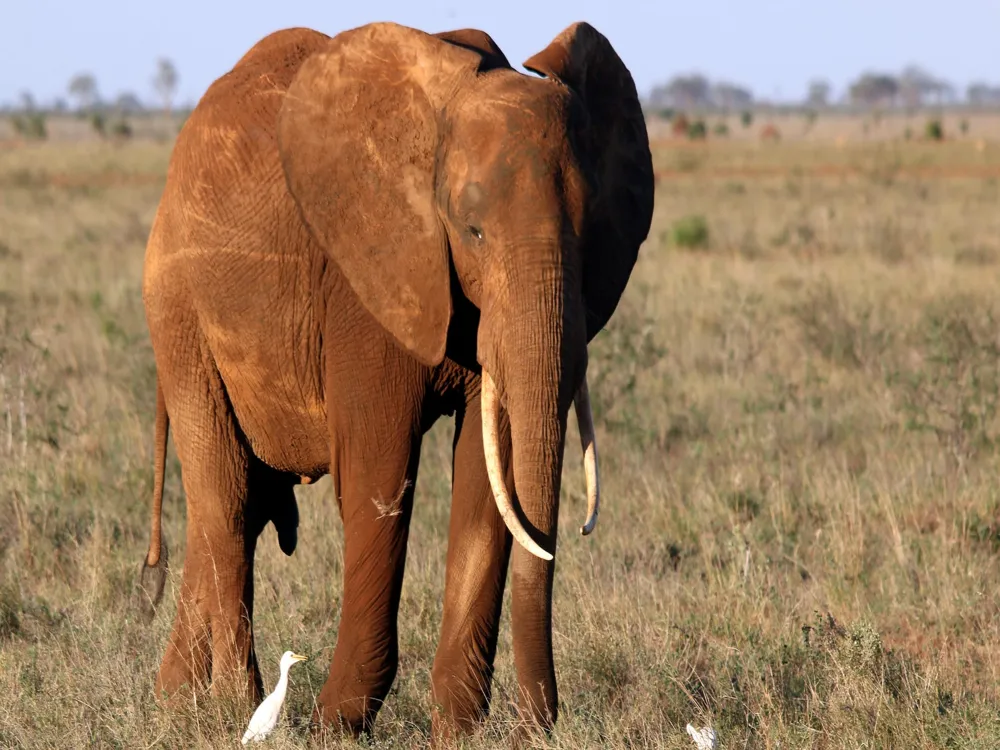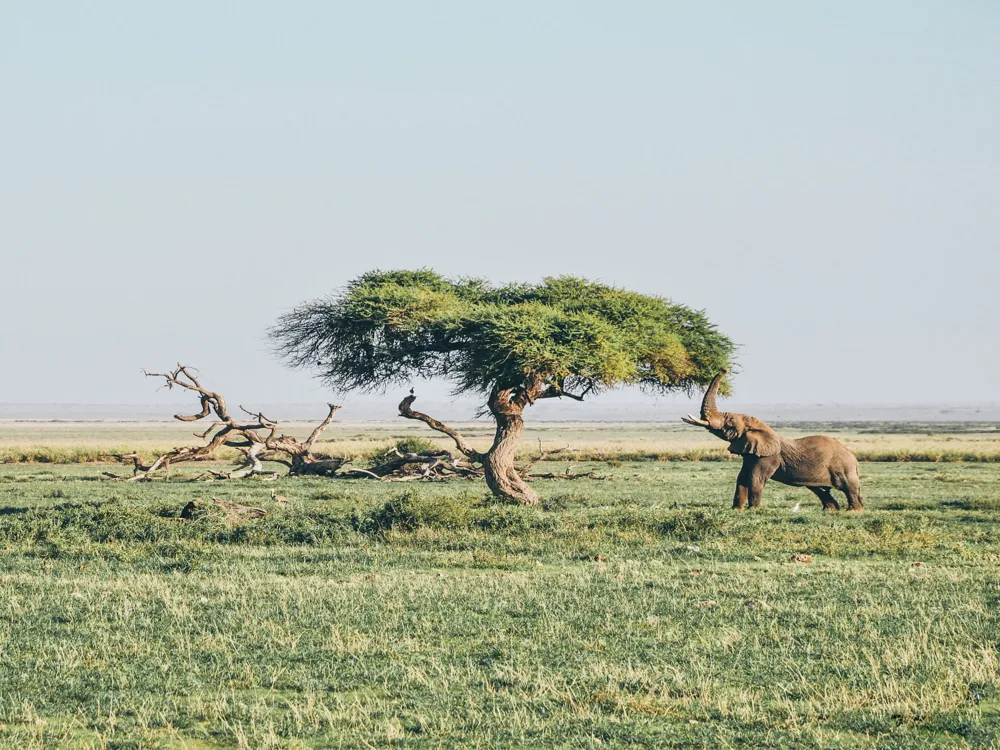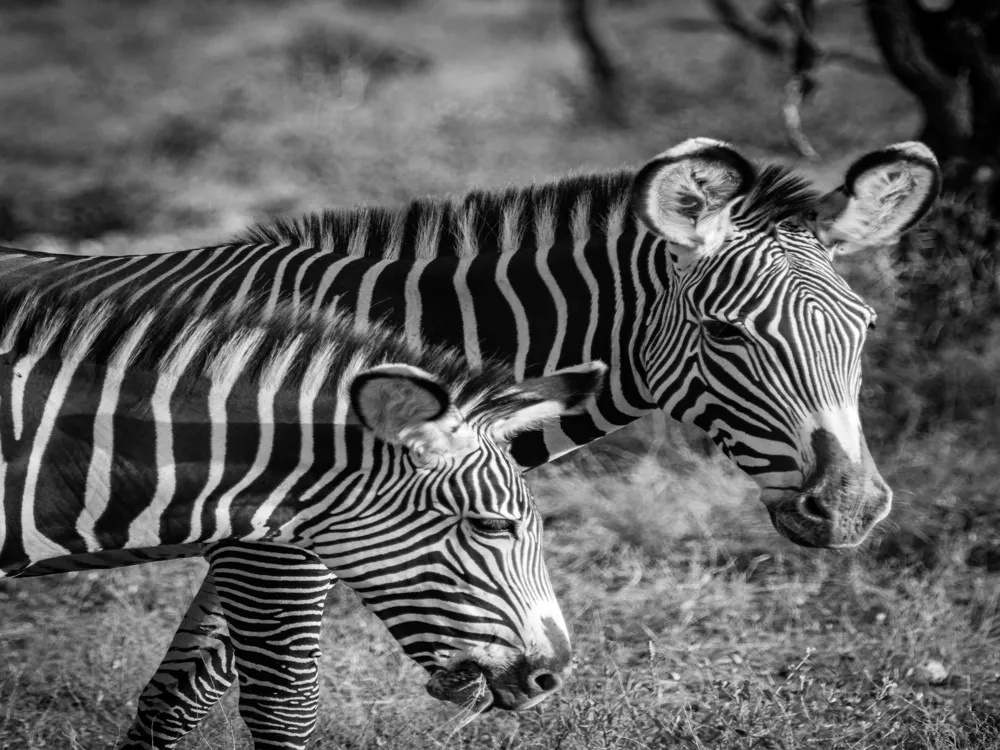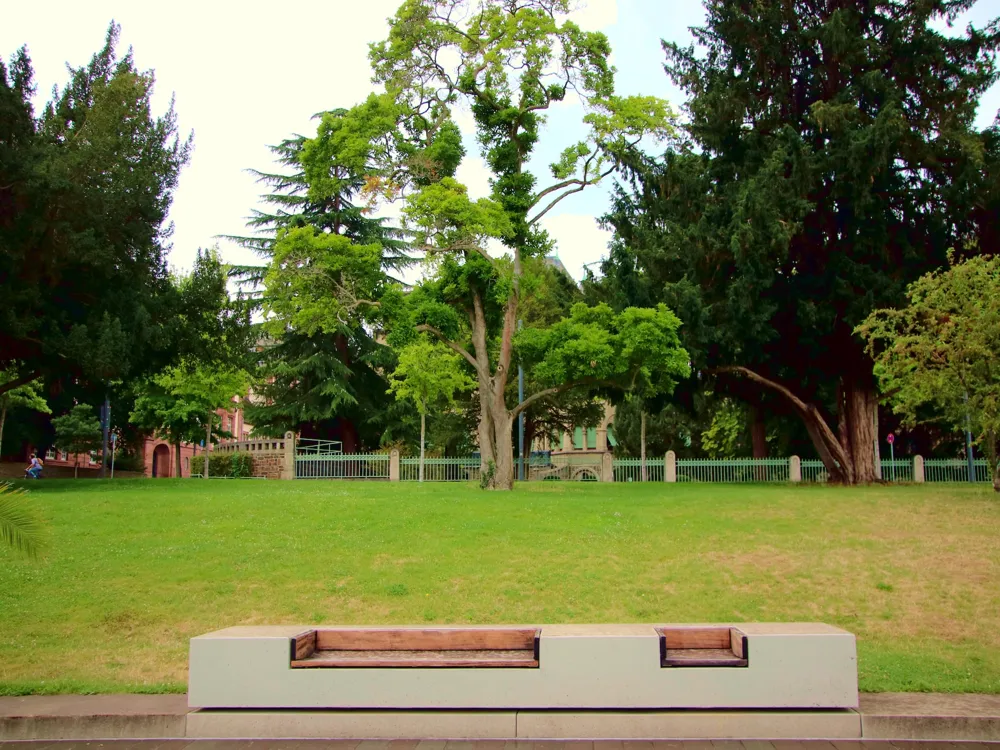Bush camping in the Masai Mara offers a unique and thrilling experience for adventure-seekers and nature enthusiasts alike. The Masai Mara, known for its exceptional wildlife and breathtaking landscapes, is a jewel in the crown of Kenya's safari destinations. Bush camping here is not just a stay; it's an immersion into the wild, untouched heart of Africa. This form of camping allows you to connect with nature in its purest form. Imagine waking up to the sounds of the Mara - the distant roar of a lion, the chirping of exotic birds, and the rustling of grass as wildlife roams freely. Bush camping in Masai Mara isn't about luxury; it's about the raw, unfiltered experience of being part of the ecosystem. The camps are typically set up in secluded areas, offering a sense of solitude and connection with the environment. The Masai Mara is home to an astonishing array of wildlife, including the Big Five: lions, leopards, elephants, buffalo, and rhinoceros. It's also the stage for the Great Migration, an annual event where millions of wildebeest, zebra, and gazelle traverse the plains in search of fresh grazing. Bush camping here gives you a front-row seat to this spectacular display of nature. Safety and environmental consciousness are paramount in bush camping. Experienced guides and staff ensure that your stay is not only memorable but also respects the delicate balance of the Mara ecosystem. The camps are designed to have minimal environmental impact, preserving the natural beauty and integrity of the Mara for future generations. As you sit around the campfire under the starlit African sky, listening to the tales and legends of the Maasai warriors, you realize that bush camping in Masai Mara is more than just a holiday. It's a profound journey into the heart of Africa, offering insights into the intricate workings of the natural world and the ancient cultures that coexist with it. The architecture of bush camping in Masai Mara is a harmonious blend of functionality, environmental sustainability, and cultural sensitivity. The design of the camps is deeply influenced by the need to coexist seamlessly with nature while providing a comfortable and secure experience for campers. Traditional Maasai motifs and techniques inspire the construction of the camps. Materials used are often locally sourced, such as sustainable woods, canvas, and thatch, reducing the environmental footprint. The structures are designed to be temporary and non-invasive, ensuring that the natural habitat is preserved and can regenerate quickly once the camp is moved. Tents are a common feature in bush camping, offering a balance of comfort and immersion in the natural surroundings. These tents are far from basic; they are equipped with comfortable bedding, and often have en-suite bathrooms with eco-friendly amenities. The use of solar power is widespread, providing a green source of energy for lighting and hot water. Communal areas in bush camps are thoughtfully designed to foster a sense of community and interaction among campers. Dining areas are often open-air, allowing guests to dine under the stars, enhancing the sense of being one with nature. Similarly, campfires are a central feature, serving as a gathering point where stories and experiences are shared. The architecture of bush camping in Masai Mara is a testament to the possibility of enjoying immersive natural experiences without compromising on comfort or the environment. Every element is carefully considered to ensure that guests can enjoy the wilderness responsibly and sustainably. Before heading to the Masai Mara for bush camping, it's essential to be well-prepared. Pack light but include essential items like a good-quality camera, binoculars, comfortable clothing, and sturdy footwear. Don't forget a hat and sunscreen for protection against the sun. Always maintain a safe and respectful distance from wildlife. Avoid disturbing animals and adhere to the camp's guidelines on wildlife interaction. Remember, you are a visitor in their home. Follow the safety instructions provided by your guides. They are trained to ensure your safety in the bush. Never wander away from the camp without a guide, especially at night. Be mindful of your environmental impact. Use resources like water sparingly, avoid littering, and respect the principles of leave no trace to preserve the natural beauty of the Mara. The Masai Mara is accessible by both road and air. The drive from Nairobi takes about 5-6 hours, offering scenic views of the Great Rift Valley and rural Kenya. For a quicker and more comfortable journey, domestic flights are available from Nairobi to various airstrips in the Mara. From there, you can arrange for a transfer to your bush camp with the camp operators or local safari tour providers. Whichever mode of transportation you choose, the journey to the Masai Mara is an integral part of the bush camping experience. It's an adventure that starts the moment you embark on your journey to this magnificent part of the world. Read moreOverview of Bush Camping in Masai Mara
Architecture of Bush Camping
Tips When Visiting Bush Camping
Preparing for Your Trip
Respecting Wildlife and Nature
Staying Safe
Environmental Consciousness
How to Reach Bush Camping in Masai Mara
Masai Mara Tourism
Best Time to Visit Masai Mara
How to Reach Masai Mara
Things To Do, Masai Mara
Bush Camping
Masai Mara
₹ 63,000 onwards
View masai-mara Packages
Masai-mara Travel Packages
View All Packages For Masai-mara
Top Hotel Collections for Masai-mara

Private Pool

Luxury Hotels

5-Star Hotels

Pet Friendly
Top Hotels Near Masai-mara
Other Top Ranking Places In Masai-mara
View All Places To Visit In masai-mara
View masai-mara Packages
Masai-mara Travel Packages
View All Packages For Masai-mara
Top Hotel Collections for Masai-mara

Private Pool

Luxury Hotels

5-Star Hotels

Pet Friendly







